Jasmine Little has mapped out a practice that fuses beautiful ceramic vessels and sprawling canvases. The LA-based Little worked in the midst of prolific artists from a young age, absorbing their insights while carving out her own path. Though her work once was very specific to time and place, Little has since decided to make work that is more universal in its nature.
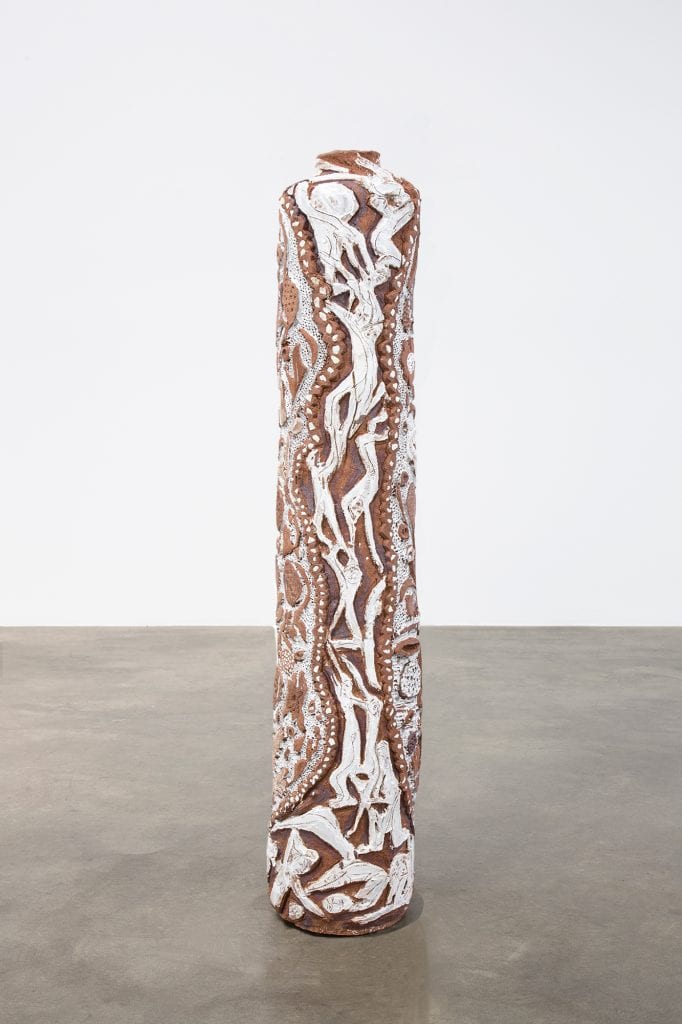
Tell us a little bit about yourself. Where are you from and how did you develop an art practice?
Well, I spent my formative years in Joshua Tree, CA. I got expelled from high school, got a GED and started community college when I was like 16. I started painting there. It was really great in Joshua Tree for a young artist, I met Andrea Zittel and went to Noah Purifoy’s often. And I worked for Jennifer Bolande and Cannon Hudson so I got some idea of how to have an art practice. I was in one of the first High Desert Test Sites, and did a sculptural installation in my Mom’s backyard. Then I went to UCLA, which was really amazing too.
Roger Herman was my mentor there; his practice was painting and ceramics, so I think he really opened the door for me and a lot of other young artists in LA with big painting ambitions to thinking that ceramics are really amazing too. He also ran a really important gallery in Chinatown called Black Dragon Society. From that time on I really always had a painting practice but also worked in a variety of other mediums and have done a variety of other things. I love collaborating, I have curated shows, I had an artist residency in the desert, I have made a variety of site-specific installations which are along the lines of institutional critique. I have worked with clay for a really long time, I studied it more seriously in grad school, it is important to my practice because there are communal aspects, and I really enjoy working around other artists and with other artists – painting can be isolating. I think just recently though, when I scaled up the work, it became something really different and important in terms of the objects themselves, like fully realized and fleshed out.
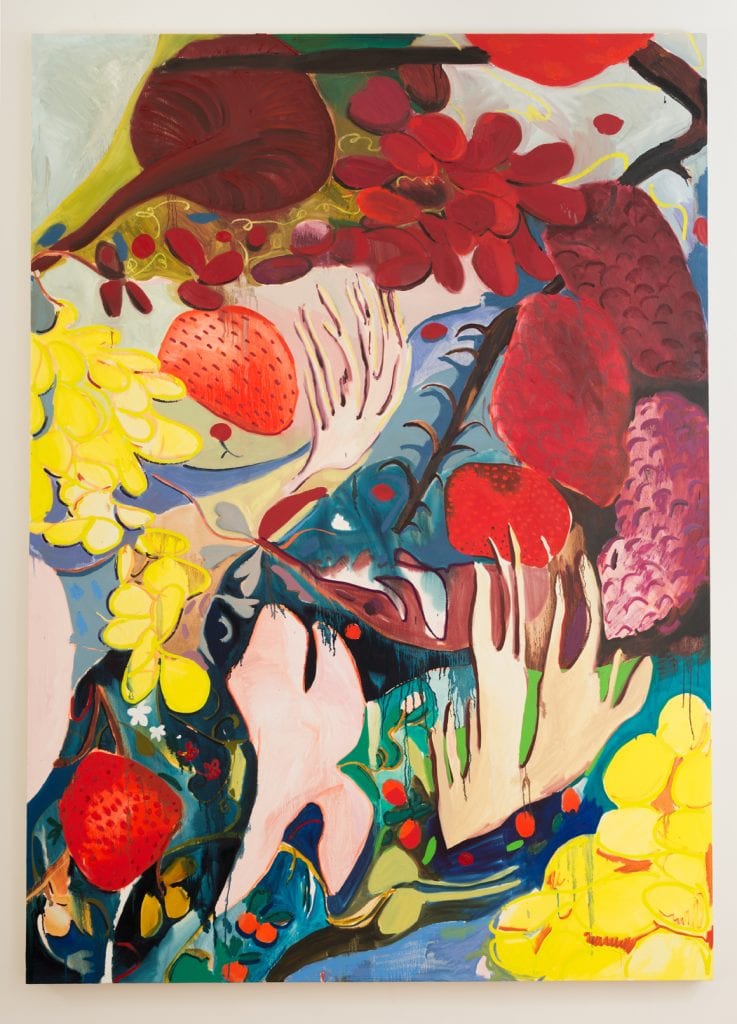
Are you exploring certain themes in your work?
I used to make paintings that were really specific to place and time. Like I made a painting I love of this café everyone use to eat at in Chinatown that had a really amazing salon style hang of insanely awesome artworks that Roger Herman curated from his personal collection, it was meant to replicate the Paris Bar in Berlin, which Kippenberger made a beautiful painting of. That painting for me was really specifically about a moment in LA.
Now I am working with more universal basic themes that aren’t so much for a really specific audience or so much documents of a place and time. I am very sentimental, but I want my work to be open and have more entry points and interpretations. That’s more what I am doing now in both my paintings and sculptures.
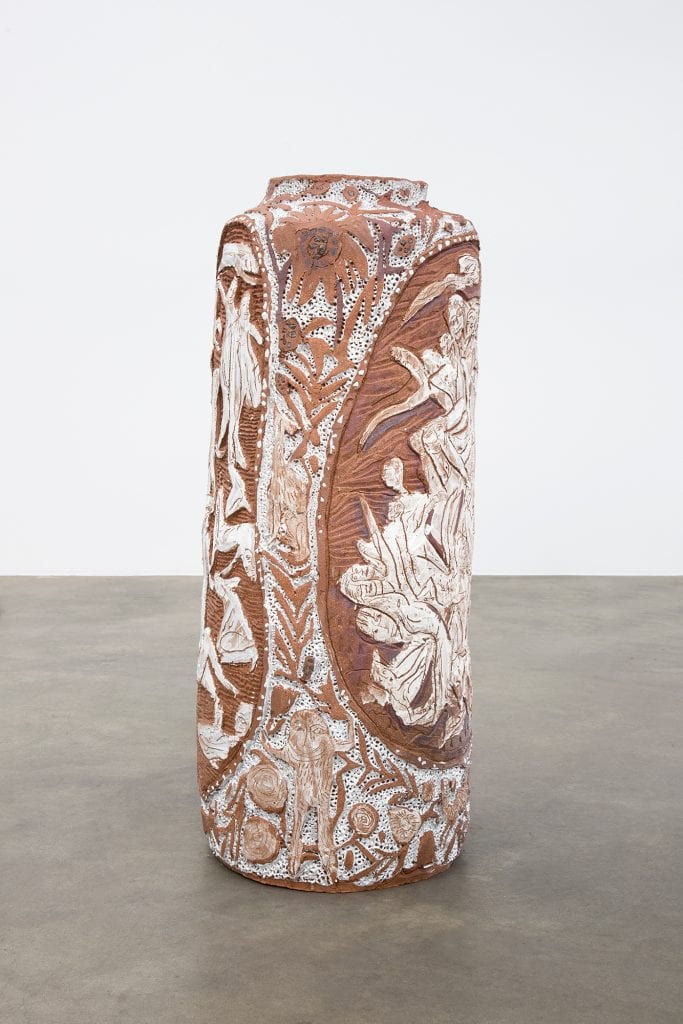
How do you balance creating both painting and sculpture? What does having a dual-practice in both do for you?
For me, I get a bit stir crazy so bouncing between the two mediums helps break up my time. Typically I will work in one medium for a period of months and then switch, with that amount of time you can sort of get somewhere with something, and also get to the point where you are yearning for the other thing and start to build anticipation for the shift.
And then on the viewing end, I think paintings and sculptures operate really differently so it really opens things up for me. I can do things with a sculpture that may be really specifically about painting, but all the specificity of a 3-dimension object really alters the content (like its relationship to the viewer, body, the material of the clay itself, etc.) which is really exciting for me.
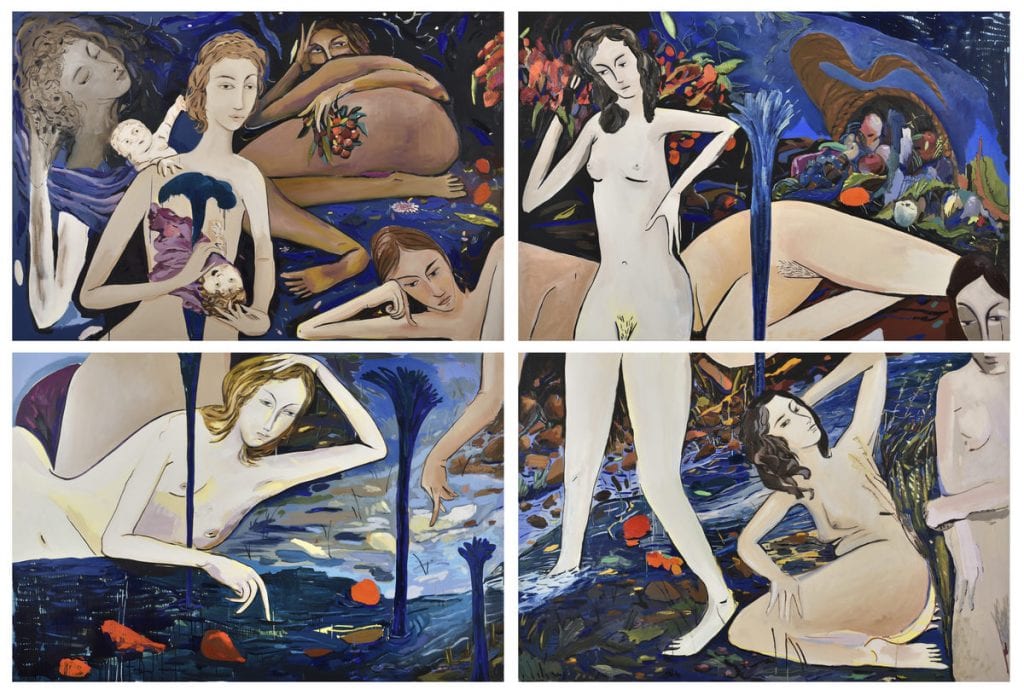
Do the two modes of creating riff off of each other at all?
Yeah totally. I will work though an idea or interest in one medium and then maybe revisit it in the other. And I make paintings of sculptures and sculptures of painting and drawings too, there isn’t really like a hierarchy between things.
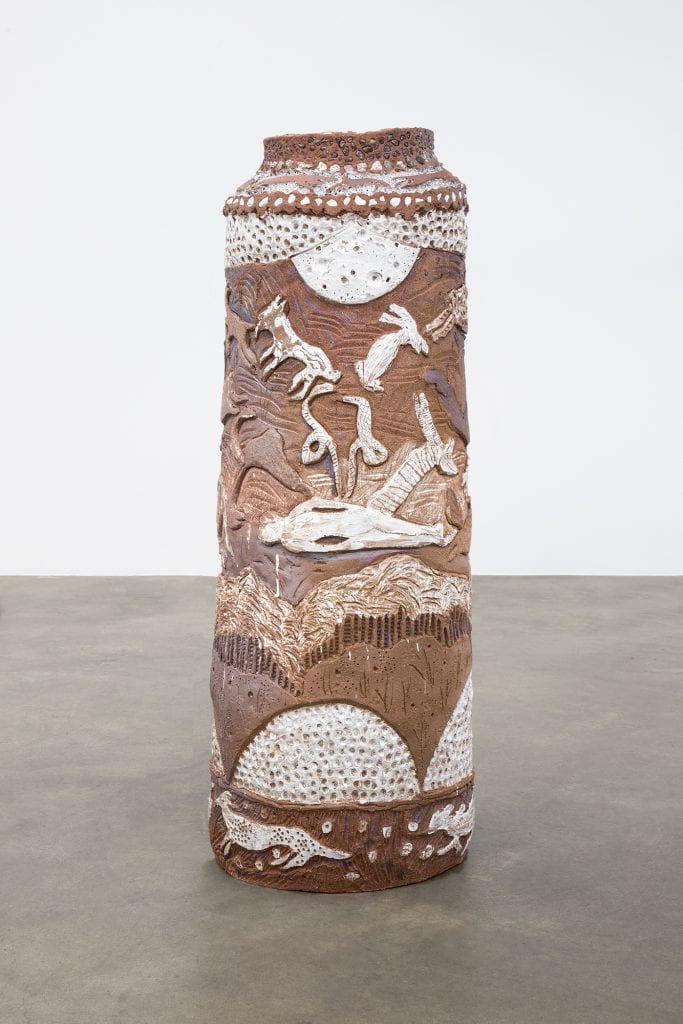
Can you discuss the materiality of your sculptural works? What materials do you work with and do they serve a certain purpose?
The sculptures are clay, the recipe I worked out with my friend Stan Edmondson, it’s raw materials, sand, grog, sawdust, etc. He has a beautiful studio in Pasadena right by the Gamble House and works with a ton of artists, I made the works in the Night Gallery show outside in his driveway. He worked for a long time for John Mason, so I like to feel like I am making work in a lineage of California artists. A lot of the materials are really specific to place, the gravel embedded in the surfaces is from the yard, the porcelain is one of his formulations, and the bricks are salvaged clinker bricks that are from the immediate area and reference the history of the arts and craft movement in Pasadena.
I have been really enjoying having such tight parameters for my sculptures (they are essentially the same shape, all the same clay body, and I only use one glaze) it’s sort of this reduced down minimal format which can expand infinity from within.
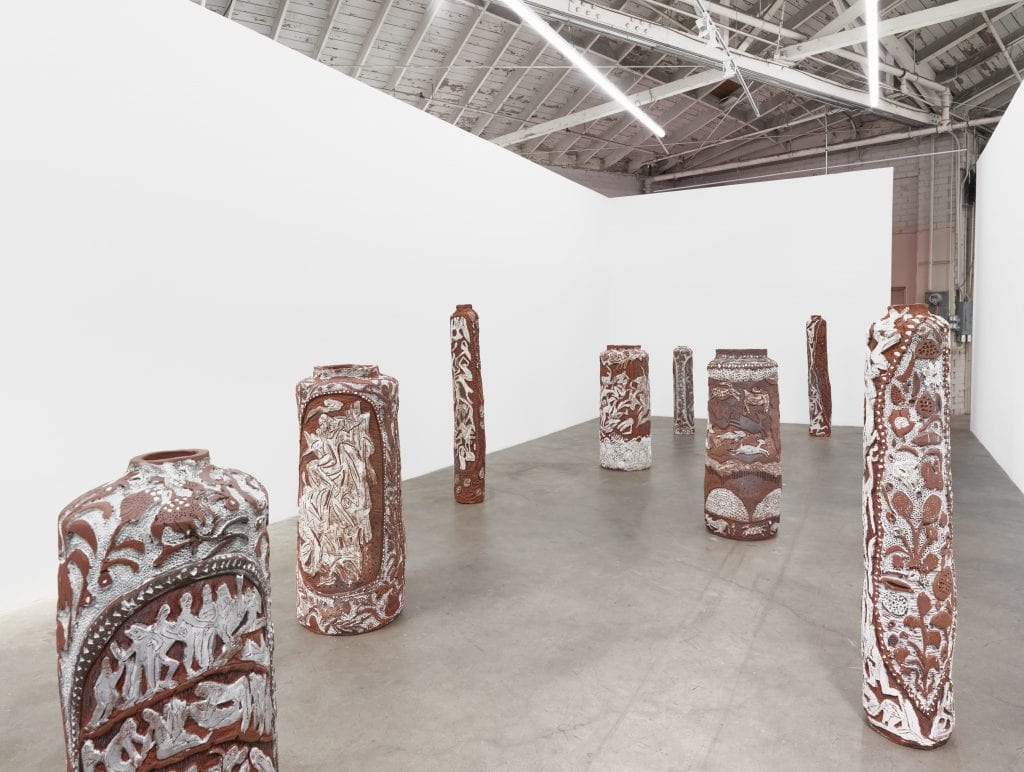
Can you tell us about your show Retrograde, which recently closed at Night Gallery?
Sure, I think its nine sculptures…. Actually, maybe I shouldn’t talk about it!!, I love listening to the artists intentions with their work, it’s so interesting, but also sometimes it can ruin it for me. I will read an interview with an artist and be like, “Seriously? You are literally just a human pushing around goo with a bunch of hairs tied to a stick!?! I thought this object literally just dropped down from the sky just for me!” I don’t want to kill the aura of the work by talking too much in detail about it, ultimately, I just want to make work right now that is really open. I love the show; I think all the work is really beautiful and I am so happy to show it with such a great gallery.
What’s next for you?
I will have some work at Tif Sigrids booth at NADA Miami and will be doing a solo show with her gallery in Athens, GA in 2020.
At the end of every interview, we like to ask the artist to recommend a friend whose work you love for us to interview next. Who would you suggest?
I have 2! My friend Lily Simonson makes incredible paintings while on scientific research expeditions to the deep sea and Antarctica, she currently has a show at the Harvard Museum of Natural History.
And, Jamie Chan, whom I use to collaborate with on installations and fake residency programs. She is based in NY and her paintings are really art historically rich, while also being very personal and beautiful.